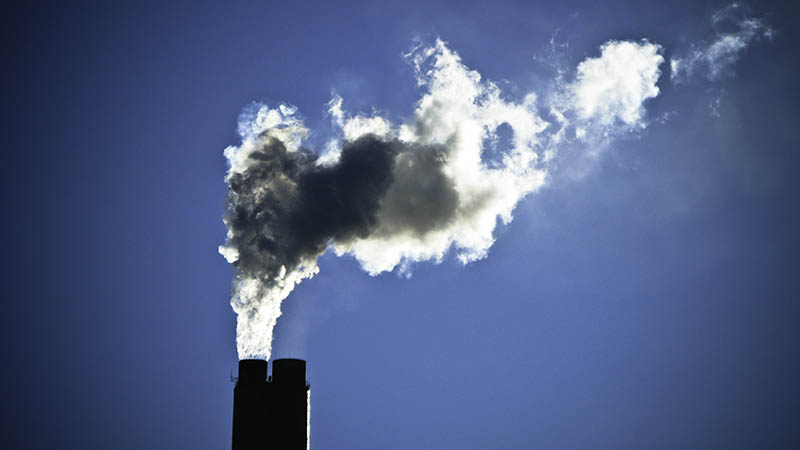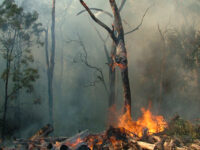Numerous research institutions have taken the initiative to document the concentrations, distributions, and rates at which greenhouse gases are emitted into the Earth’s atmosphere. The accumulation of carbon dioxide, nitrous oxides, methane, and fluorinated gases from fossil fuel burning, industrial processes, and the agricultural industry poses a major threat to the already-depleting ozone layer. This impending crisis has prompted climate scientists to develop a diverse array of monitoring methods, including satellites, aircraft-based monitoring, and ground-based stations.
There is not a standardized method for measuring emissions… nor is there equal access to monitoring equipment in all areas of the world.
Despite these efforts, there remains one drawback: the monitoring and reporting of greenhouse gases across the world is inconsistent. There is not a standardized method for measuring emissions, according to a paper from Northern Arizona University, nor is there equal access to monitoring equipment in all areas of the world. Greenhouse gas emissions are measured through different media, according to different criteria, and almost exclusively in more developed areas with more resources.
Monitoring stations are heavily concentrated in North America, eastern Asia, and western Europe. The distribution of stations neglects Africa, South America, and the remainder of Europe and Asia and leaves gaps in emission data. These gaps result from a lack of funding for new stations combined with the prioritization of data collection in wealthier countries by major observational networks. Unless this problem is remedied, there will continue to be a skewed perception of greenhouse gas emissions worldwide and unmonitored communities will be left vulnerable.
Currently, greenhouse gas monitoring relies on self-reporting. It may not come as a surprise that cities have taken advantage of this policy to underreport their gas emissions. The absence of a standardized method leaves room for cities to omit emissions from petroleum fuel consumption and provide rough estimations of airborne and traffic emissions. A study published in February 2021 reveals a 29.1 percent mean absolute difference between the self-reported fossil fuel carbon dioxide emissions of US cities and the emissions as they have been quantified in the Vulcan Version 3.0 dataset, which provides a more comprehensive estimate.
Accurate and standardized monitoring is the first step in combating the climate crisis. Underreporting and leaving areas unmonitored will only hurt the environment in the long run and render communities unprepared for the consequences. Climate change is a collective issue: all nations must work as a cohesive unit to monitor greenhouse gas emissions and take decisive actions to reduce them, for the sake of our planet and our future.
Nature (2021). DOI: 10.1038/d41586-021-01967-z
Nature (2021). DOI: 10.1038/s41467-020-20871-0

